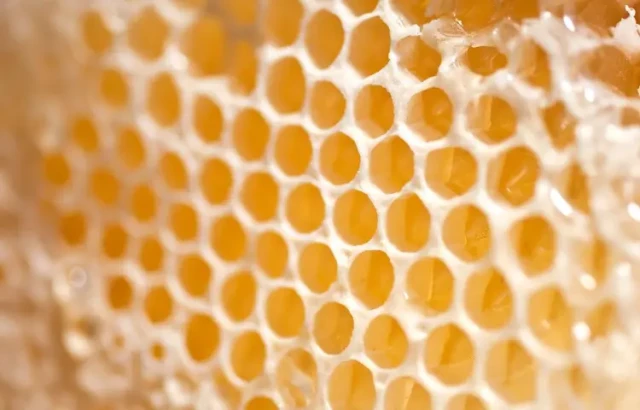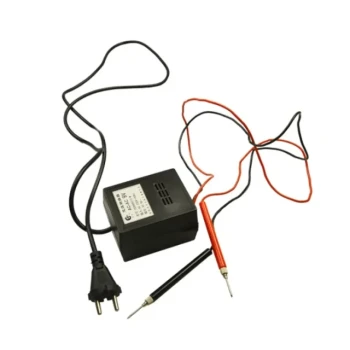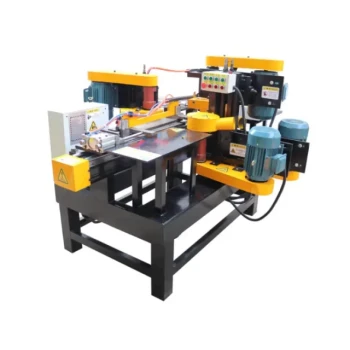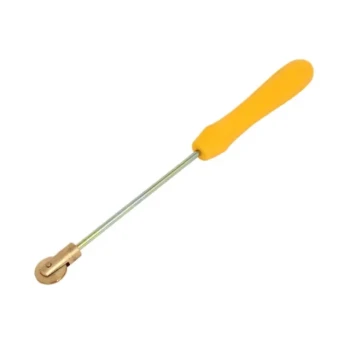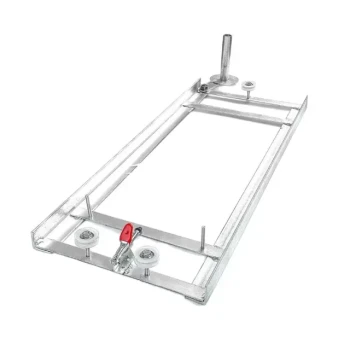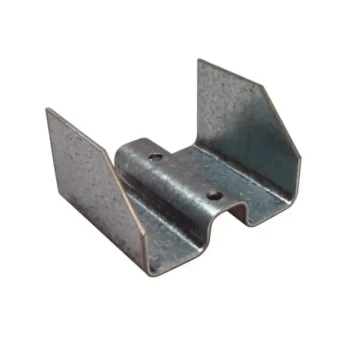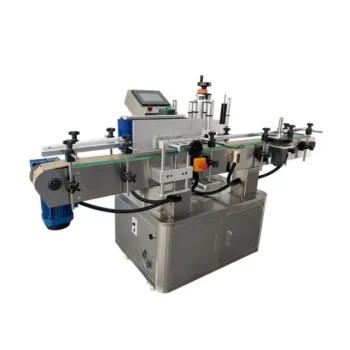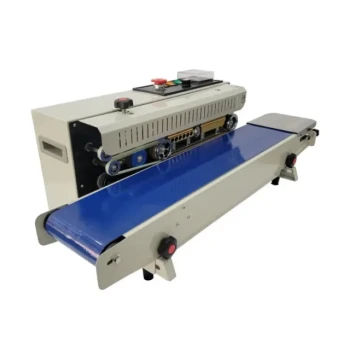Crafting professional-grade beeswax sheets requires precision in two critical areas: temperature control and mold selection. Whether you're a commercial apiary or a beekeeping equipment distributor, optimizing these factors ensures consistent, defect-free sheets that meet industry standards. This guide breaks down the science behind perfect beeswax sheets and offers actionable techniques to scale production without compromising quality.
Foundations of Beeswax Sheet Production
The Role of Silicone Molds in Texture and Release
Silicone molds are the gold standard for beeswax sheets due to their non-stick properties and flexibility. However, their porosity and handling techniques determine success:
- Slow, Controlled Release: Peel molds away from warm (not hot) sheets to prevent tearing. Research shows that rapid removal can distort the sheet’s shape.
- Mold Porosity: Low-porosity silicone minimizes wax absorption, reducing sticking. For intricate designs, opt for food-grade molds with reinforced edges.
Pro Tip: "Have you noticed uneven edges after demolding? This often stems from premature handling—let sheets cool to a pliable but firm state."
Temperature Thresholds: From Melting to Solidification
Beeswax is heat-sensitive, with a narrow window for optimal processing:
- Melting (145–185°F/63–85°C): Use a double boiler to maintain gentle, indirect heat. Solar melters are eco-friendly but less precise for large batches.
- Critical Threshold: Exceeding 185°F (85°C) risks discoloration and degraded structural integrity.
- Cooling Phase: Solidify sheets at room temperature (68–72°F/20–22°C) to prevent warping. Avoid drafts, which cause uneven cooling.
Data Insight: Double boilers keep wax below 212°F (100°C), leveraging water’s boiling point as a natural temperature regulator.
Advanced Techniques for Consistency
Preventing Common Defects: Cracking, Warping, and Sticking
Cracking
- Cause: Rapid temperature drops or impurities in wax.
- Fix: Filter melted wax through cheesecloth and cool gradually.
Warping
- Cause: Uneven mold surfaces or premature handling.
- Fix: Use leveled casting tables and allow 2–3 hours of undisturbed cooling.
Sticking
- Cause: High mold porosity or insufficient mold conditioning.
- Fix: Lightly coat molds with food-grade mineral oil before pouring.
Scaling Production Without Compromising Quality
For wholesale operations, efficiency hinges on:
- Batch Processing: Melt wax in staggered cycles to maintain consistent temperatures.
- Modular Molds: Use interlocking silicone mats for easy stacking and space-saving.
- Quality Checks: Sample every 10th sheet for thickness and surface defects.
Reflective Tip: "How might your workflow adapt if demand doubled? Pre-heating molds can cut production time by up to 20%."
Elevate Your Beekeeping Operations with HONESTBEE
Mastering beeswax sheets transforms your product quality and operational efficiency. For commercial apiaries and distributors, HONESTBEE delivers industry-leading beekeeping supplies—from precision molds to temperature-controlled melters—ensuring your production scales seamlessly.
Ready to perfect your beeswax sheets? Explore HONESTBEE’s wholesale solutions today and equip your operation with tools trusted by professionals.
Visual Guide
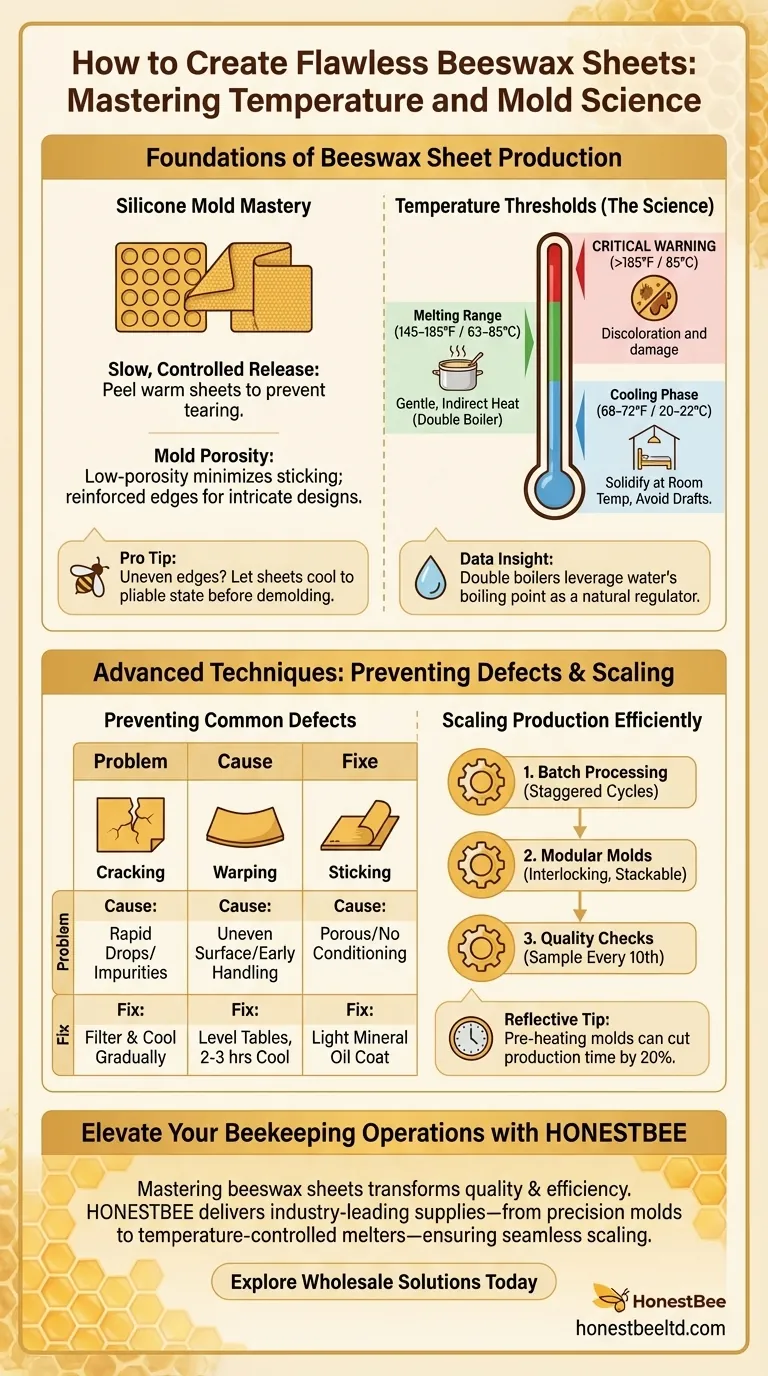
Related Products
- Economy Manual Beeswax Embossing Mill Wax Foundation Machine Roller
- Manual Beeswax Flat Sheet Machine for Beeswax Processing
- Electric Beeswax Foundation Machine With Operating Tray and Wax Foundation Roller
- Beeswax Machine Press Embosser Wax Foundation Mold Printer Bee Hive Equipment Making Sheet
- Notebook Style Beeswax Foundation Mould Wax Foundation Mold
Related Articles
- Revolutionize Your Workshop: The Ultimate Bee Frame Side Bar Forming Machine for Unmatched Efficiency & Customization
- How Beehive Frame Making Machines Enhance Apiary Productivity and Hive Longevity
- From Liquid to Lattice: Mastering Thermal Control in Beeswax Foundation Stacking
- Why Your Milled Beeswax Foundations Warp—And How to Fix It for Good
- Beyond the Embosser: The Systems Thinking Behind Perfect Beeswax Foundation
